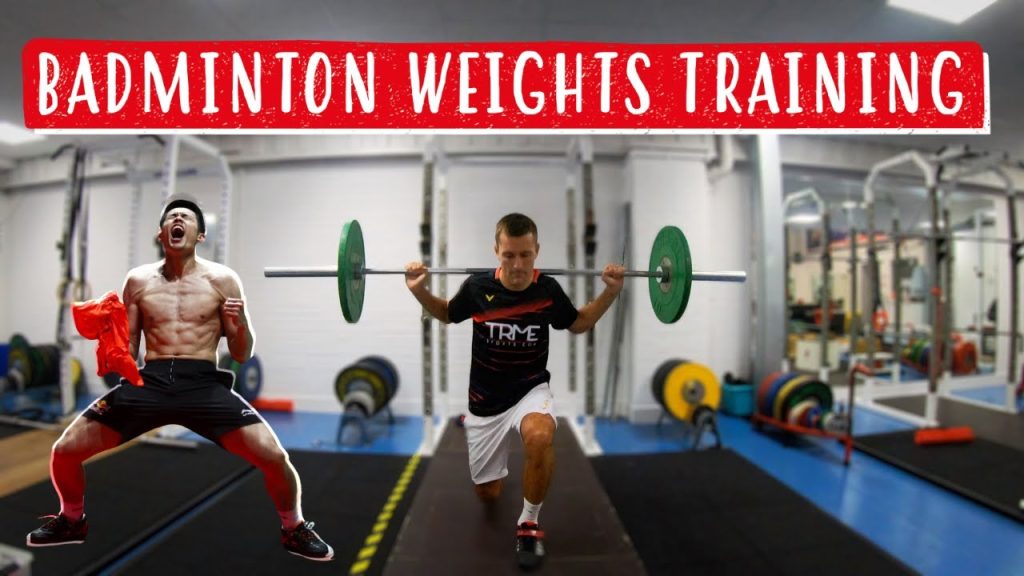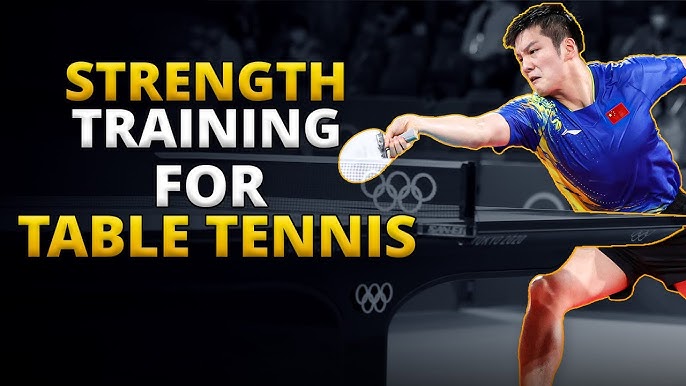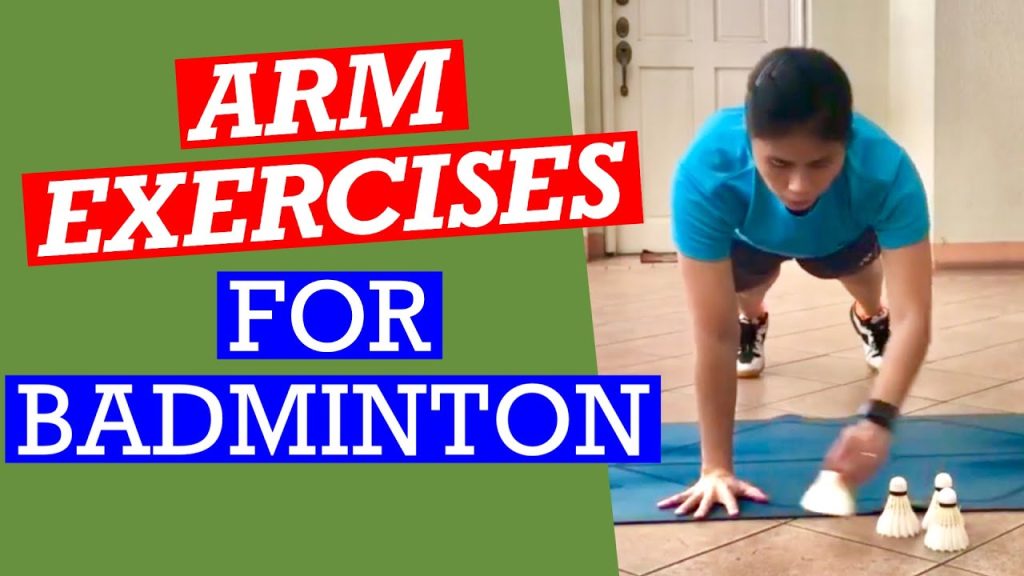Strength training is crucial for badminton players. It boosts power, speed, and agility.
Badminton demands quick movements, explosive power, and endurance. Strength training helps players meet these demands. It enhances muscle strength, reduces injury risks, and improves overall performance. Players can react faster and hit stronger shots. Strength training isn’t just about lifting weights.
It includes exercises that target specific muscles used in badminton. These exercises focus on the legs, core, and upper body. A well-rounded strength program can make a significant difference. It’s essential for players at all levels. In this blog post, we’ll explore the benefits and key exercises for badminton players. Let’s dive in and see how strength training can elevate your game.
Importance Of Strength Training
Strength training is crucial for badminton players. It enhances performance and prevents injuries. Many think badminton only needs agility and speed. But strength is also vital. It provides a solid foundation for other skills. Let’s explore why strength training is important.
Benefits For Badminton
Strength training improves power. This helps in smashes and serves. It also boosts stamina. Long matches become less tiring. Strong muscles support quick movements. You can move across the court faster. Improved strength also enhances stability. This means fewer slips and better control.
Role In Injury Prevention
Strength training reduces injury risks. Strong muscles protect joints. This is crucial for knees and ankles. These areas are prone to injury in badminton. Strengthening exercises also improve balance. Better balance means fewer falls. It also helps in recovery. Injured players heal faster with strong muscles.
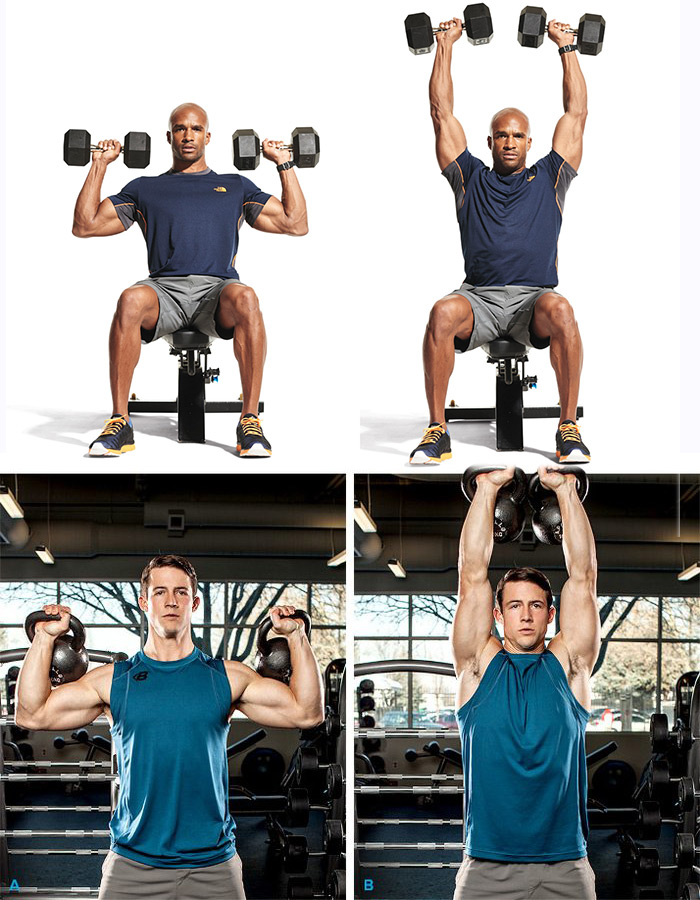
Credit: www.sportsuncle.com
Core Muscle Groups
Strength training is essential for badminton players. It enhances performance and reduces injury risks. Focusing on core muscle groups is crucial. These groups include the legs and lower body, core and abdominals, and the upper body.
Legs And Lower Body
The legs and lower body are the foundation of a badminton player’s strength. Strong legs improve speed and agility on the court. Squats and lunges build powerful quadriceps and hamstrings. Calf raises help with quick direction changes.
Focus on building endurance and strength. Incorporate exercises like leg presses and deadlifts. These exercises enhance jumping ability and stability. Stronger legs mean better reach and balance during play.
Core And Abdominals
A strong core is vital for badminton players. It helps with balance and power. Planks and sit-ups strengthen the abdominal muscles. Medicine ball twists improve rotational strength.
Core strength aids in quick movements and stability. It allows for powerful shots and quick returns. Include exercises like Russian twists and bicycle crunches. These exercises target oblique muscles and improve overall core strength.
Upper Body
The upper body plays a key role in badminton. Strong arms and shoulders improve shot power and accuracy. Push-ups and pull-ups build chest, shoulder, and back muscles. Dumbbell exercises enhance arm strength and endurance.
Focus on exercises that improve grip strength. Strong wrists and forearms are essential. Use wrist curls and reverse curls for better control. A strong upper body ensures powerful smashes and quick net play.
Strength Training Exercises
Strength training is crucial for badminton players. It helps improve power, speed, and endurance. Incorporating specific exercises can enhance overall performance. In this section, we will explore key strength training exercises for badminton players.
Squats And Lunges
Squats are fundamental for building lower body strength. They target the quadriceps, hamstrings, and glutes. Proper form is essential to avoid injury.
- Stand with feet shoulder-width apart.
- Lower your body by bending your knees.
- Keep your back straight and chest up.
- Return to the starting position.
Lunges also focus on the lower body. They help improve balance and coordination.
- Step forward with one leg.
- Lower your hips until both knees are bent at 90 degrees.
- Push back to the starting position.
Deadlifts And Bridges
Deadlifts are excellent for strengthening the posterior chain. They target the lower back, glutes, and hamstrings.
- Stand with feet hip-width apart.
- Hold a barbell with an overhand grip.
- Keep your back straight as you lift the barbell.
- Lower the barbell back down slowly.
Bridges are great for glute activation. They also help with core stability.
- Lie on your back with knees bent.
- Lift your hips towards the ceiling.
- Squeeze your glutes at the top.
- Lower your hips back down.
Push-ups And Pull-ups
Push-Ups are a versatile upper body exercise. They target the chest, shoulders, and triceps.
- Start in a plank position.
- Lower your body until your chest nearly touches the floor.
- Push back to the starting position.
Pull-Ups focus on the upper back and biceps. They are effective for building upper body strength.
- Hang from a pull-up bar with an overhand grip.
- Pull your body up until your chin is above the bar.
- Lower yourself back down with control.
Training Frequency
Training frequency is crucial for badminton players who want to improve their strength. Consistency helps build muscle and enhances performance on the court. Balancing strength training with skill practice ensures players stay at their peak.
Weekly Schedule
A well-structured weekly schedule can make a big difference. Aim to include strength training sessions 2-3 times a week. This frequency allows muscles to grow and recover. Ensure rest days between sessions for muscle repair.
Each session should last about 45 minutes to an hour. Focus on different muscle groups each day. This approach prevents overworking any one area. For example, train the upper body one day and the lower body the next. This variety keeps workouts interesting and effective.
Balancing Strength And Skill
Balancing strength training with skill practice is essential. Dedicate at least three days a week to skill practice. This practice keeps your game sharp and techniques refined.
On days of both strength and skill training, start with skill practice. Fresh muscles improve performance and reduce injury risk. Follow up with a shorter strength session. This method ensures balanced development.
Listening to your body is key. Adjust the intensity based on how you feel. Consistent effort over time leads to noticeable improvements in both strength and skill.
Incorporating Plyometrics
Incorporating plyometrics into your strength training can greatly enhance your badminton performance. Plyometrics involve explosive movements that improve power, speed, and agility. These exercises are essential for badminton players who need to be quick on their feet and powerful in their shots.
Explosive Movements
Explosive movements help badminton players develop power and speed. These exercises focus on rapid muscle contractions. They train your muscles to contract more forcefully and quickly. Here are some key explosive movements to incorporate:
- Box Jumps: Jump onto a sturdy box or platform, then step down. Repeat.
- Medicine Ball Slams: Lift a medicine ball overhead and slam it to the ground.
- Clap Push-Ups: Perform a push-up, then push off the ground to clap your hands before landing.
Jump Training
Jump training is crucial for badminton players. It improves vertical leap and overall leg strength. This training helps you reach high shots and enhances agility on the court. Consider the following jump training exercises:
- Squat Jumps: Start in a squat position, then jump as high as possible. Land softly back into the squat position.
- Lateral Bounds: Jump side-to-side, pushing off one leg and landing on the other.
- Bounding: Leap forward on one leg, driving the opposite knee up. Alternate legs with each jump.
Incorporating these plyometric exercises into your training routine will enhance your performance. They are vital for building power, speed, and agility. Remember to focus on form and gradually increase intensity to prevent injury.

Credit: www.youtube.com
Recovery And Rest
Recovery and rest are crucial for badminton players engaged in strength training. These practices allow muscles to repair and grow stronger. Proper recovery can prevent injuries and enhance performance on the court. Let’s delve into the importance of rest days and effective recovery techniques.
Importance Of Rest Days
Rest days help muscles recover and reduce the risk of injury. Strength training creates tiny tears in muscle fibers. Rest allows these tears to heal, making muscles stronger. Skipping rest days can lead to overtraining. This can cause fatigue and lower performance. Rest days also support mental recovery. They provide a break from the physical and mental demands of training.
Effective Recovery Techniques
Several techniques can aid recovery for badminton players. Stretching post-workout helps improve flexibility and reduce muscle stiffness. Foam rolling can release muscle tension and improve blood flow. It helps in the removal of metabolic waste. Massage therapy can also be beneficial. It promotes relaxation and muscle recovery. Staying hydrated is essential. Water helps in the recovery process by transporting nutrients to muscles. Eating a balanced diet rich in protein supports muscle repair.
Nutrition For Strength Training
Strength training for badminton players requires more than just lifting weights. Nutrition plays a vital role in muscle development and overall performance. Eating the right foods enhances strength and recovery, making players more agile and resilient. This section will explore key nutritional aspects for effective strength training.
Protein And Muscle Growth
Protein is essential for muscle growth. It repairs and builds muscle tissue. Badminton players need adequate protein intake to support their training. Sources of protein include lean meats, fish, eggs, and plant-based options like beans and lentils. Consuming protein after workouts helps in muscle recovery.
Hydration And Performance
Hydration is crucial for peak performance. Water regulates body temperature and maintains muscle function. Dehydration can lead to cramps and reduced performance. Badminton players should drink water before, during, and after workouts. Electrolyte-rich drinks are also beneficial, especially during intense training sessions.
Tracking Progress
Tracking progress in strength training is crucial for badminton players. It helps identify improvements and areas needing attention. Regular tracking ensures that the training program remains effective.
Measuring Strength Gains
Measure strength gains with specific tests. Use exercises like squats and deadlifts. Record the weight lifted in each session. Track the number of repetitions and sets completed. Compare these numbers over time.
Another method is using one-rep max tests. It shows the maximum weight you can lift once. This test helps gauge your strength levels accurately. Record these results for future reference.
Adjusting Training Programs
Adjust your training programs based on tracked progress. If you see strength gains, increase the weight. Add more repetitions or sets to your routine. Ensure your muscles face new challenges.
On the other hand, if progress stalls, tweak your program. Change exercises to target different muscles. Incorporate rest days to prevent overtraining. Keep your program dynamic and adaptable.
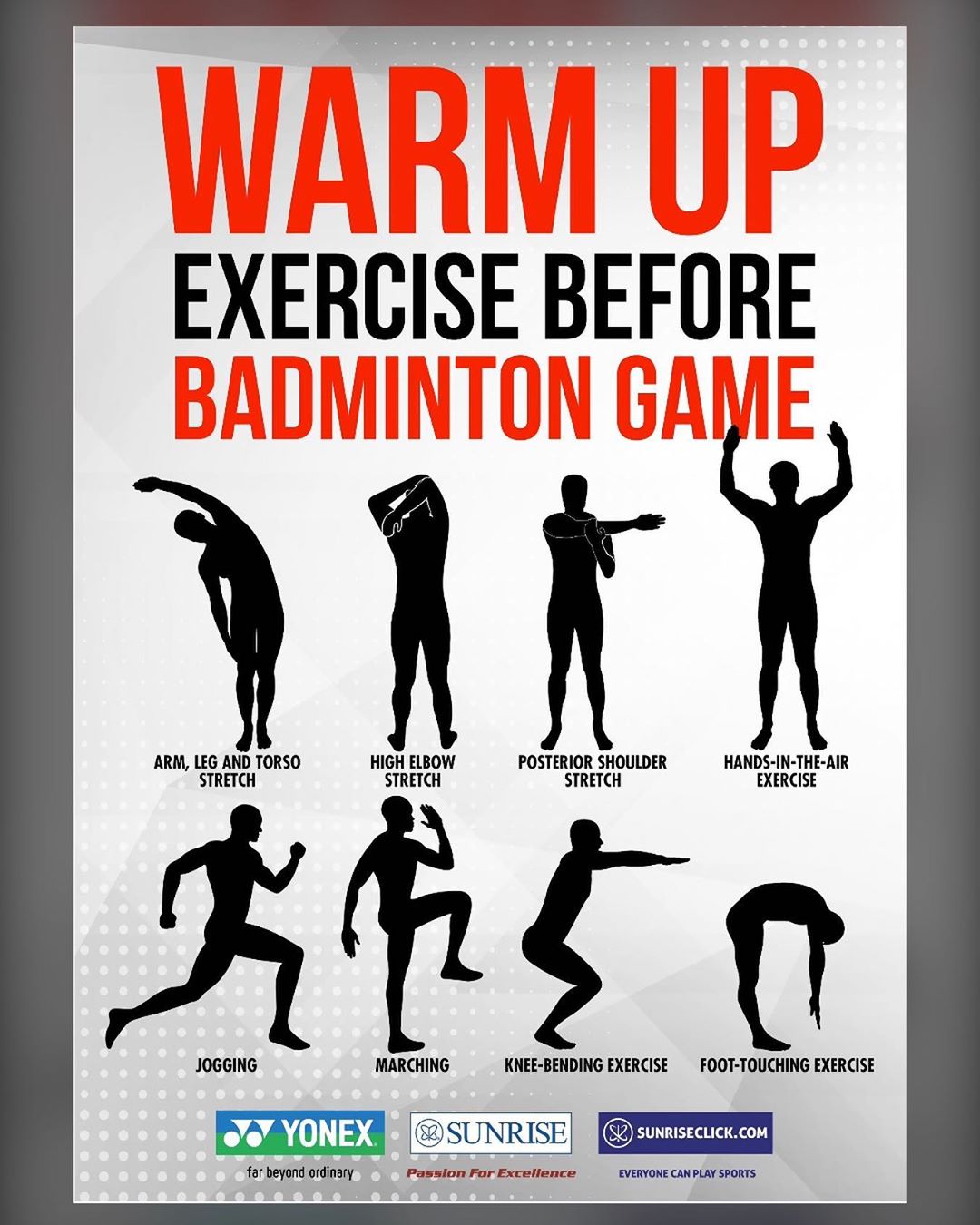
Credit: www.sportsuncle.com
Frequently Asked Questions
What Are The Benefits Of Strength Training For Badminton?
Strength training enhances power, speed, and endurance. It helps prevent injuries and improves overall performance on the court. Stronger muscles support better agility and quick movements.
How Often Should Badminton Players Do Strength Training?
Badminton players should do strength training 2-3 times per week. Consistency is key to seeing improvements without overtraining.
Which Muscles Are Important For Badminton Players?
Key muscles include the legs, core, and shoulders. Strong legs improve footwork, while a strong core and shoulders enhance stability and power.
Can Strength Training Improve Badminton Performance?
Yes, strength training boosts overall performance. It increases power, speed, and agility, essential for quick reactions and powerful shots.
Conclusion
Strength training benefits badminton players significantly. It boosts power, agility, and endurance. Consistent training helps prevent injuries and enhances performance. Focus on exercises targeting key muscle groups. Integrate strength training into your regular routine. Notice improvements in your game over time.
Remember, progress takes patience and dedication. Stay committed, and see the results. Enjoy the journey toward becoming a stronger, more agile badminton player.

